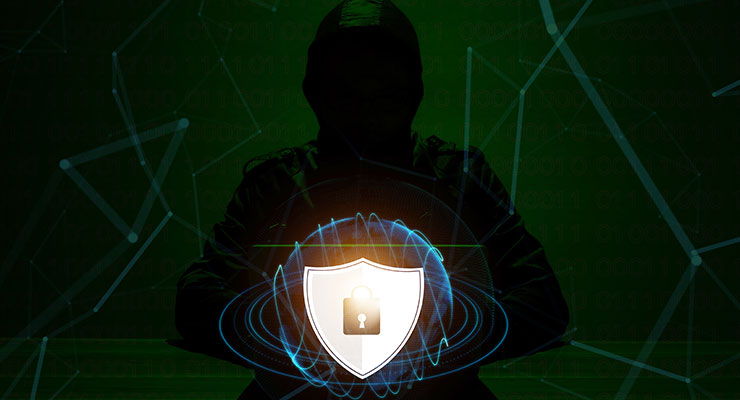
The Rapid Evolution of the Digital World: Latest Cybersecurity Threats and Protection Methods
As the digital world evolves rapidly, cybersecurity threats are becoming increasingly complex. Protecting personal and corporate data is more critical than ever. In this article, we will explore the most current cybersecurity threats as of 2025 and the measures you can take to protect yourself from them.
1. Latest Cybersecurity Threats
1.1 AI-Powered Cyber Attacks
Artificial intelligence (AI) is being leveraged by cybercriminals to orchestrate automated and more sophisticated attacks. AI-powered malware analyzes targets to execute highly effective attacks.
How to Protect Yourself:
- Use AI-based cybersecurity software to proactively detect threats.
- Implement security solutions that utilize behavioral analysis to safeguard systems.
1.2 Ransomware Attacks
Ransomware encrypts users' files, restricting access and demanding ransom payments. In 2024, attacks targeting healthcare, finance, and manufacturing sectors surged.
How to Protect Yourself:
- Regularly back up your data to secure storage.
- Be cautious when opening email attachments or clicking on unknown links.
- Use robust antivirus and security software.
1.3 Deepfake Fraud
Deepfake technology is used to create fake videos and audio recordings for fraudulent purposes. In business, it is often exploited to impersonate CEOs or managers, leading to financial scams.
How to Protect Yourself:
- Strengthen verification processes in corporate communication.
- Train employees on deepfake awareness and identification.
1.4 Phishing and Social Engineering Attacks
Phishing attacks via email, SMS, or social media aim to deceive users into revealing sensitive information.
How to Protect Yourself:
- Stay cautious with suspicious emails and messages.
- Secure your accounts with multi-factor authentication (MFA).
- Regularly educate company employees on cybersecurity practices.
1.5 IoT Security Vulnerabilities
The proliferation of smart devices has made IoT (Internet of Things) devices new targets for cybercriminals. Weak security measures have led to an increase in IoT botnet attacks.
How to Protect Yourself:
- Keep IoT devices updated regularly.
- Change default passwords to strong and unique ones.
- Segment your network to isolate IoT devices from critical systems.
2. Protection Methods and Best Practices
2.1 Adhere to Cyber Hygiene Principles
- Use strong and unique passwords.
- Regularly update your software and operating system.
- Stay vigilant against phishing emails.
2.2 Use Multi-Factor Authentication (MFA)
MFA enhances account security and prevents unauthorized access. It should be mandatory for email and banking services.
2.3 Regular Data Backup
To mitigate the effects of ransomware attacks, back up critical data regularly. A combination of cloud and physical backups is the best approach.
2.4 Train Employees in Cybersecurity
A significant portion of corporate security breaches occurs due to human error. Conduct regular cybersecurity training sessions to raise awareness among employees.
2.5 Utilize Firewalls and Antivirus Software
Updated security software can detect malware and malicious attacks, safeguarding your systems.
By staying informed about these emerging threats and adopting proactive measures, both individuals and organizations can ensure their data and systems remain secure in an increasingly interconnected world.
